Thomas C. Griffin, 1916–2013
The WWII navigator who helped steer the Doolittle Raid
To exact revenge for the surprise attack on Pearl Harbor, Maj. Thomas C. Griffin signed on as a navigator for then Lt. Col. Jimmy Doolittle’s daring raid on Japan. Griffin and 80 other volunteers figured it was a suicide mission, he later said, but believed “we needed to hit back.”
As Doolittle’s Raiders began training, they were told only that the mission would be “extremely hazardous,” said The Washington Post. When the 16 B-25 bombers took off from the aircraft carrier USS Hornet on April 18, 1942, they “lacked fuel to reach safe bases after dropping their bombs.” The plan was to escape toward China, a U.S. ally, once they’d dropped their payloads on 15 military and industrial targets, mostly in Tokyo.
The attack was more of a “pinprick” than a “tit-for-tat answer to Pearl Harbor,” said The Washington Times, but it dealt a “stunning psychological blow” to the Japanese. “It gave the initial warning that we were coming,” Griffin said last year, “and that we had more than they could handle.”
The Week
Escape your echo chamber. Get the facts behind the news, plus analysis from multiple perspectives.

Sign up for The Week's Free Newsletters
From our morning news briefing to a weekly Good News Newsletter, get the best of The Week delivered directly to your inbox.
From our morning news briefing to a weekly Good News Newsletter, get the best of The Week delivered directly to your inbox.
Many of Griffin’s comrades were captured by Japanese troops and either shot or imprisoned as POWs, said USA Today, but he parachuted into China and escaped to safety. “By his own count, he cheated death eight times during World War II.” He was shot down over Sicily in 1943 and imprisoned by the Germans until the war’s end.
Griffin’s death leaves four surviving Raiders, who expect to meet next month for the last time and finally open a bottle of 1896 cognac that Doolittle bought before his death, in 1993, for the final survivors to toast their fallen comrades.
A free daily email with the biggest news stories of the day – and the best features from TheWeek.com
-
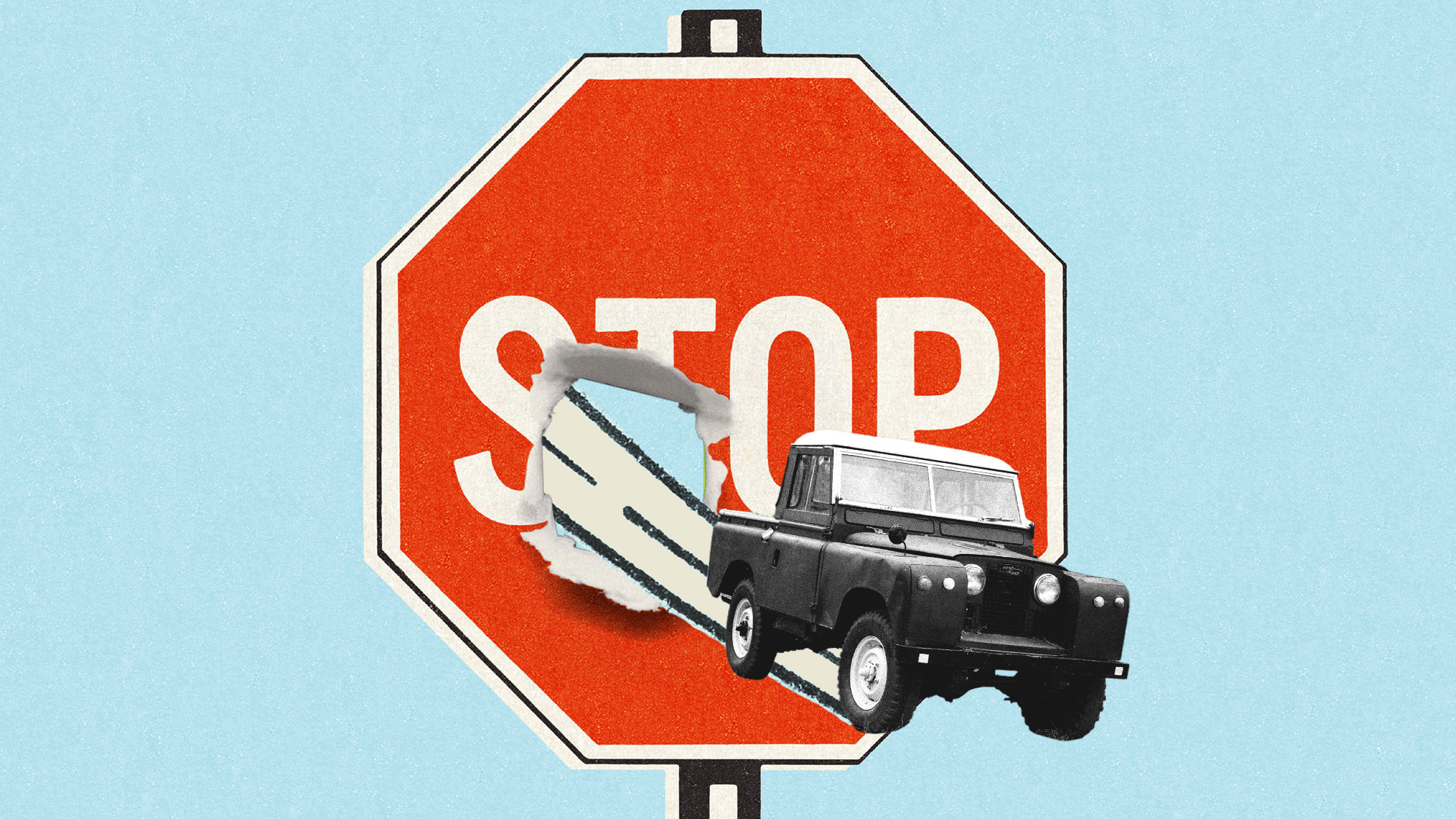 Zimbabwe’s driving crisis
Zimbabwe’s driving crisisUnder the Radar Southern African nation is experiencing a ‘public health disaster’ with one of the highest road fatality rates in the world
-
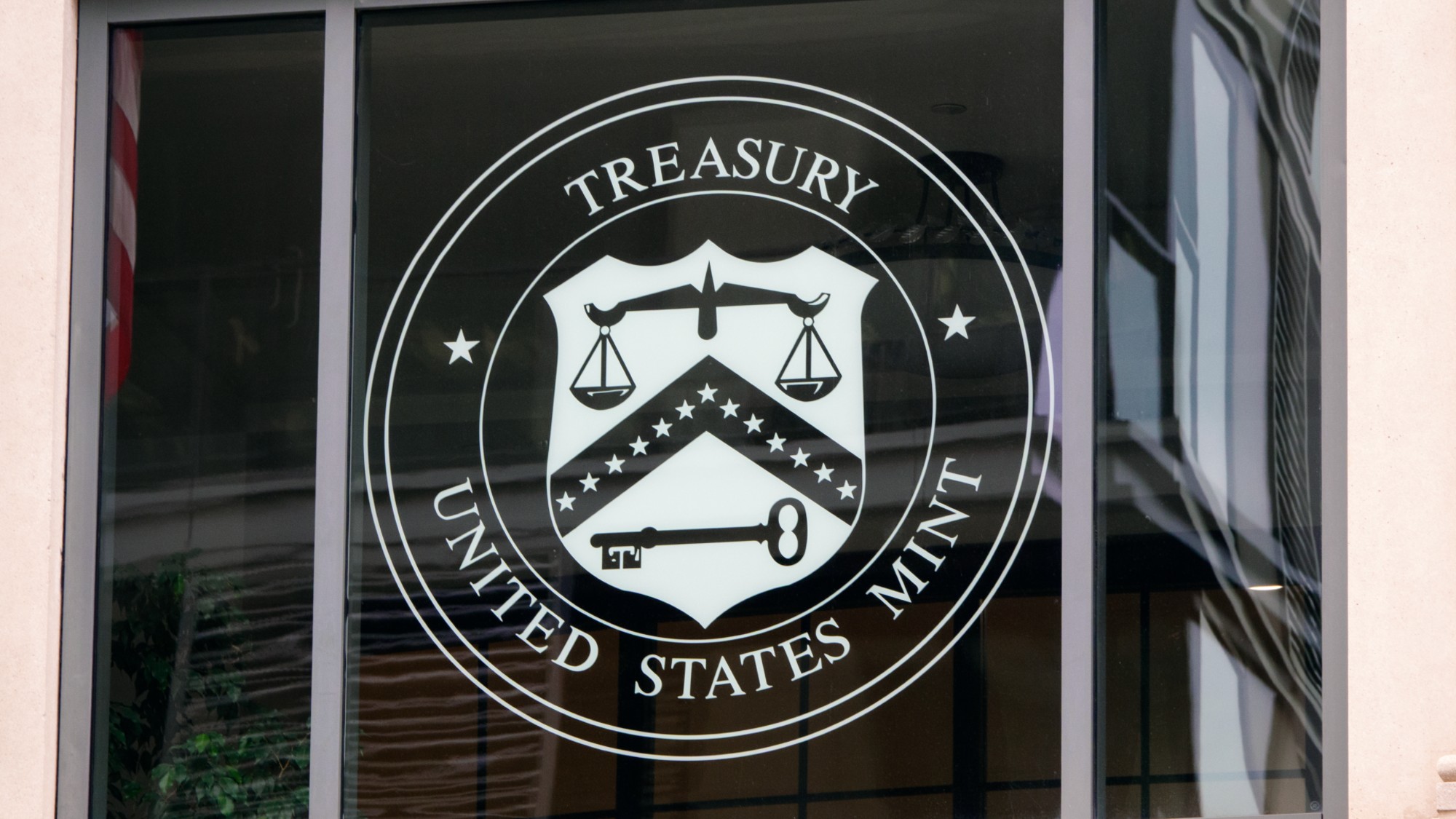 The Mint’s 250th anniversary coins face a whitewashing controversy
The Mint’s 250th anniversary coins face a whitewashing controversyThe Explainer The designs omitted several notable moments for civil rights and women’s rights
-
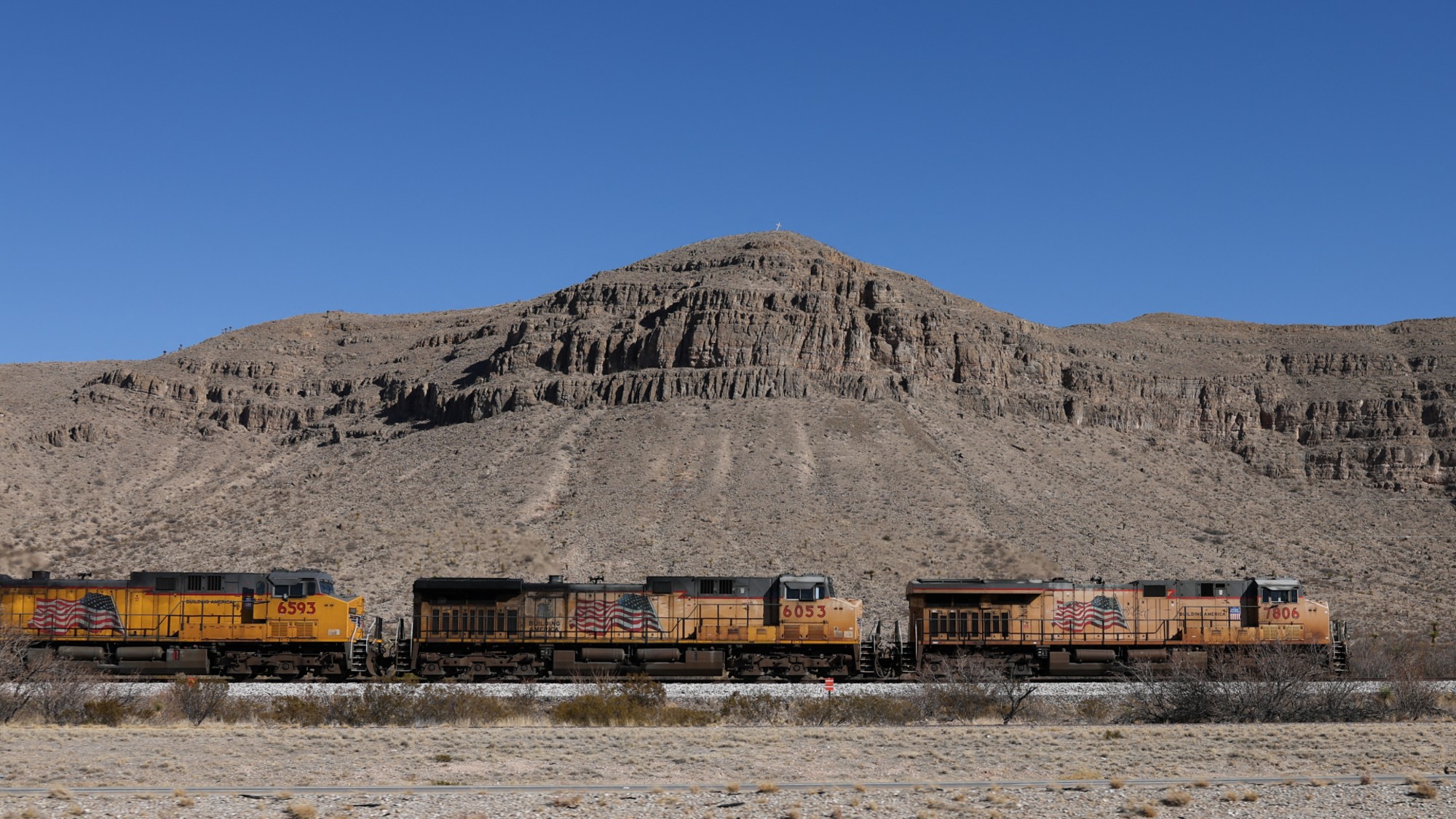 ‘If regulators nix the rail merger, supply chain inefficiency will persist’
‘If regulators nix the rail merger, supply chain inefficiency will persist’Instant Opinion Opinion, comment and editorials of the day
-
 Joanna Trollope: novelist who had a No. 1 bestseller with The Rector’s Wife
Joanna Trollope: novelist who had a No. 1 bestseller with The Rector’s WifeIn the Spotlight Trollope found fame with intelligent novels about the dramas and dilemmas of modern women
-
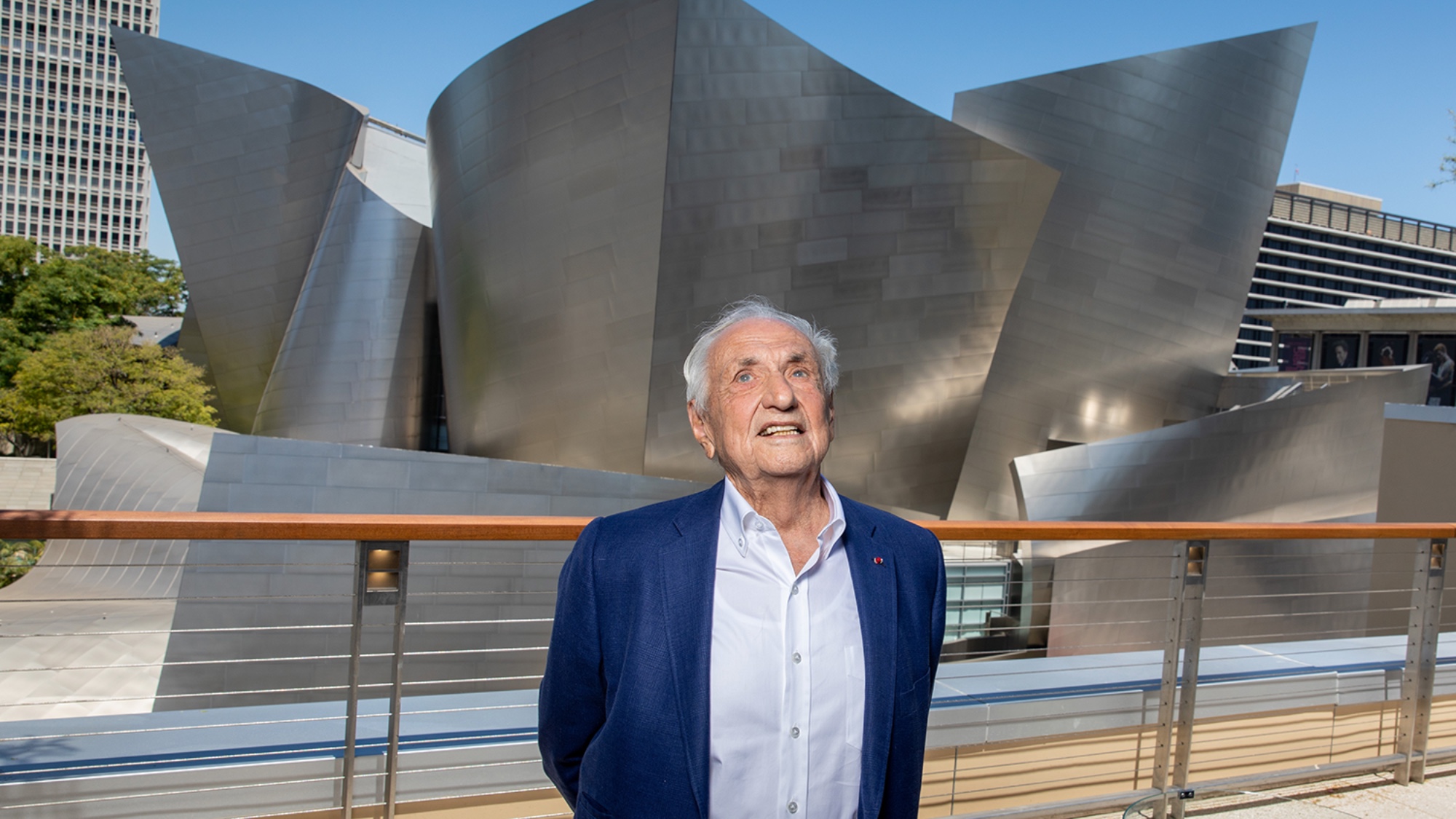 Frank Gehry: the architect who made buildings flow like water
Frank Gehry: the architect who made buildings flow like waterFeature The revered building master died at the age of 96
-
 R&B singer D’Angelo
R&B singer D’AngeloFeature A reclusive visionary who transformed the genre
-
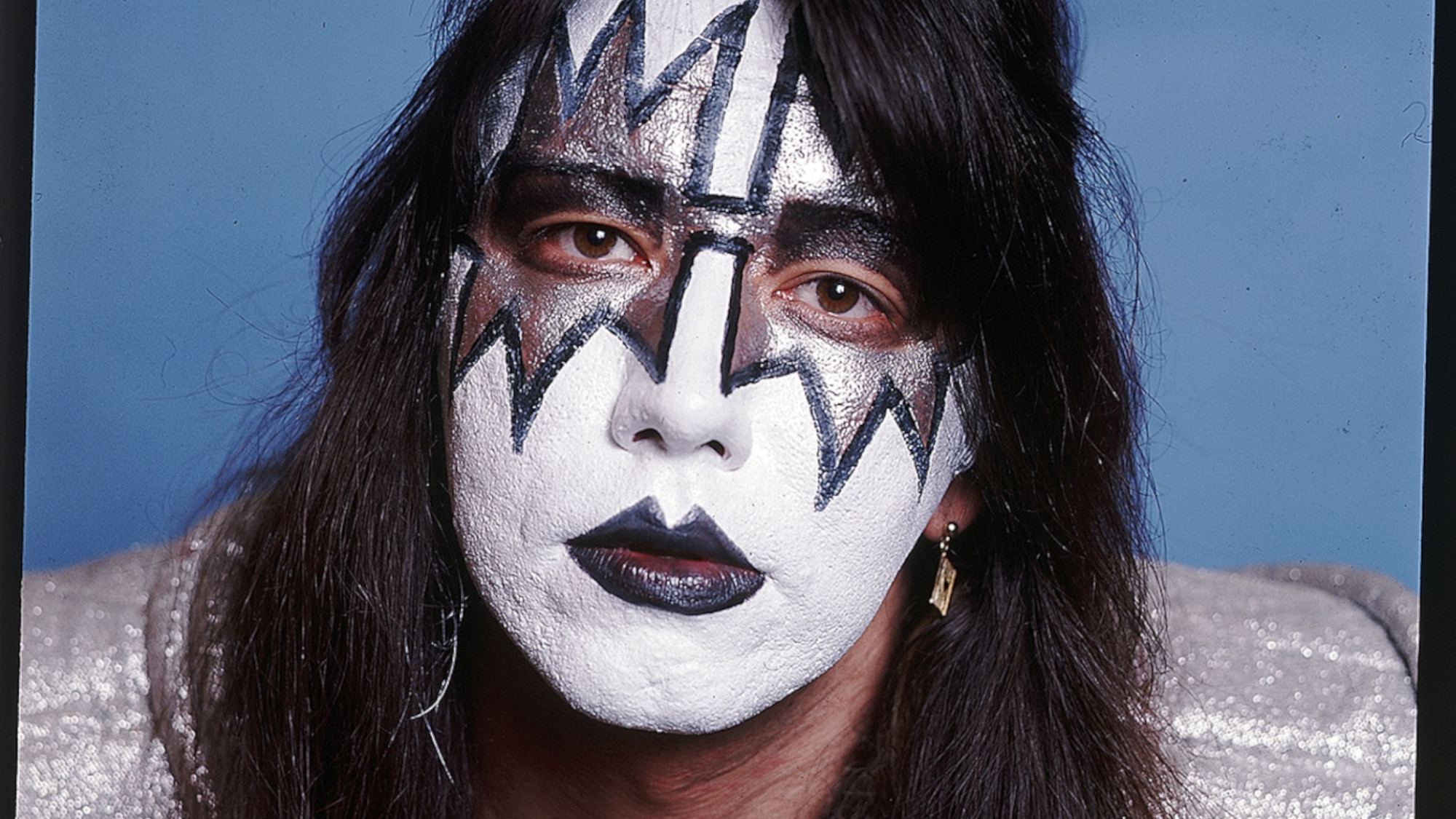 Kiss guitarist Ace Frehley
Kiss guitarist Ace FrehleyFeature The rocker who shot fireworks from his guitar
-
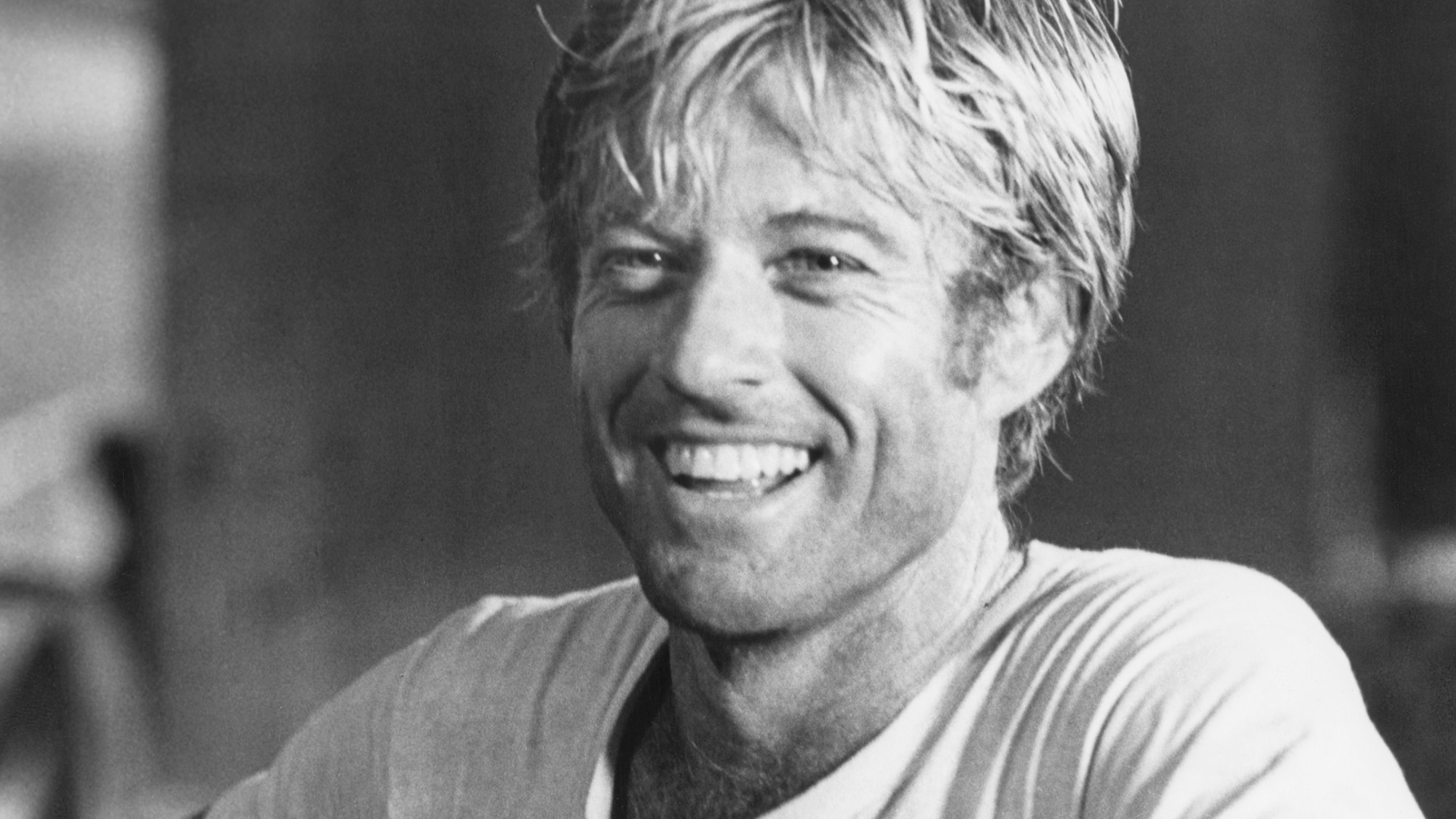 Robert Redford: the Hollywood icon who founded the Sundance Film Festival
Robert Redford: the Hollywood icon who founded the Sundance Film FestivalFeature Redford’s most lasting influence may have been as the man who ‘invigorated American independent cinema’ through Sundance
-
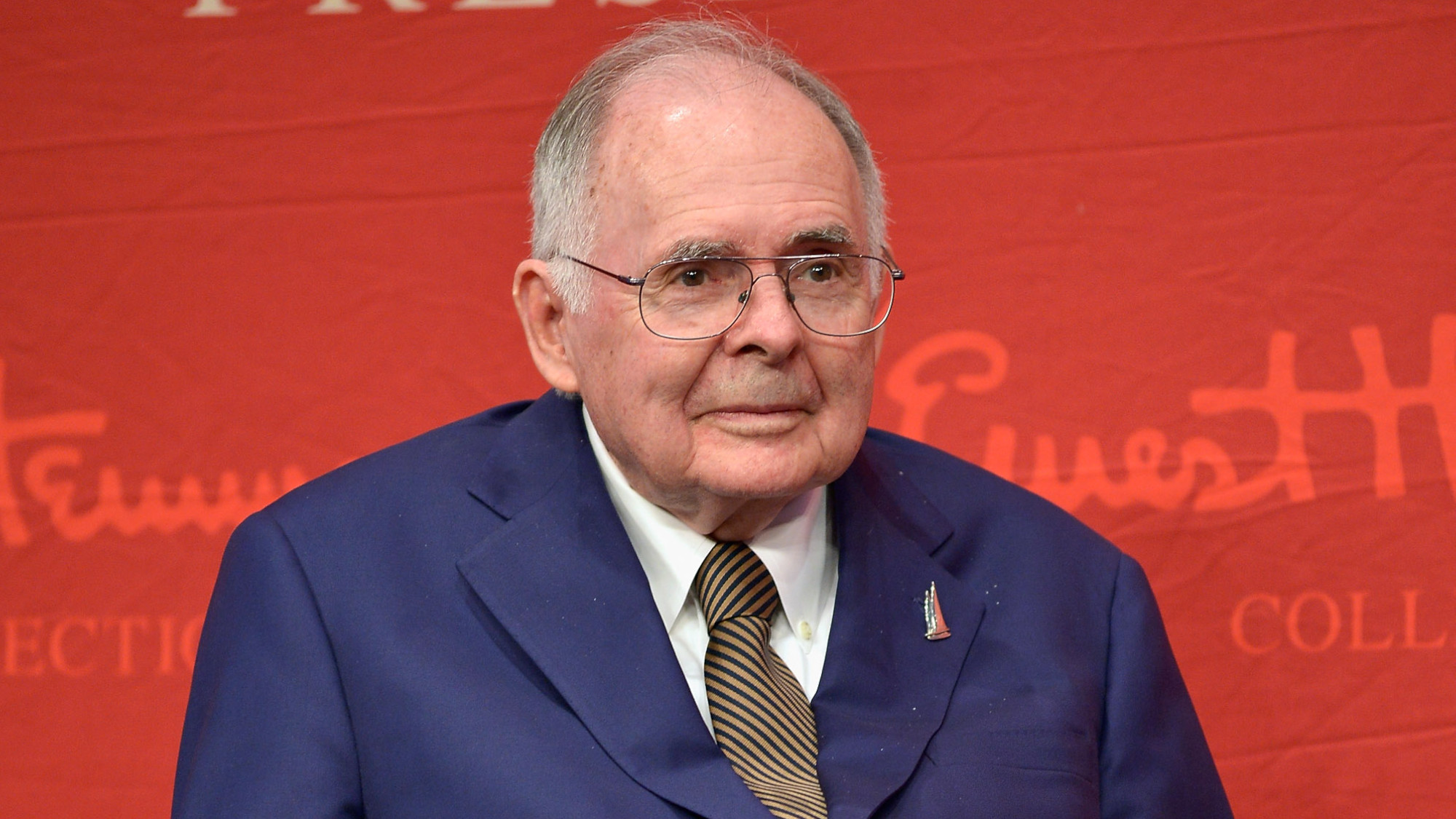 Patrick Hemingway: The Hemingway son who tended to his father’s legacy
Patrick Hemingway: The Hemingway son who tended to his father’s legacyFeature He was comfortable in the shadow of his famous father, Ernest Hemingway
-
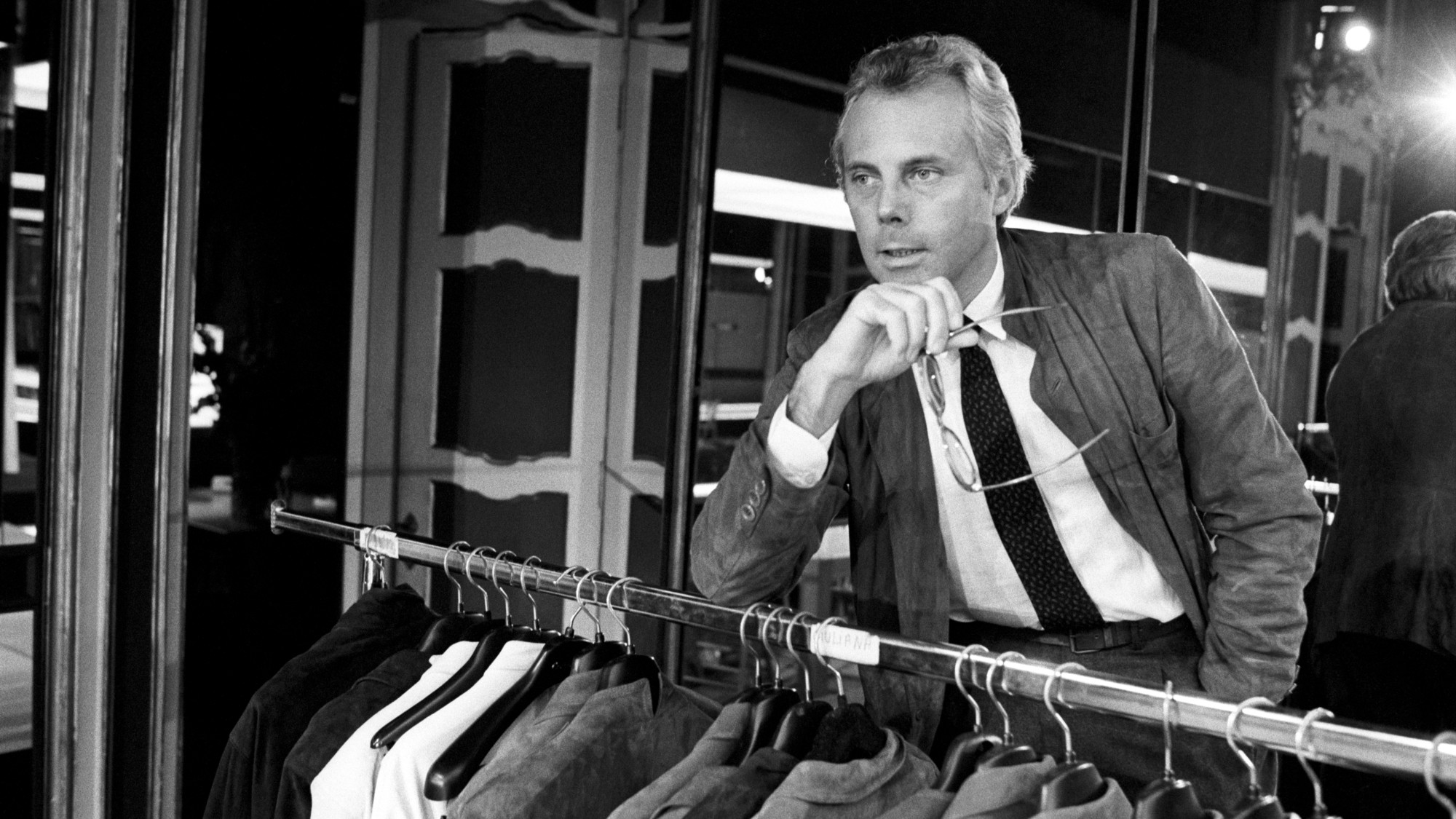 Giorgio Armani obituary: designer revolutionised the business of fashion
Giorgio Armani obituary: designer revolutionised the business of fashionIn the Spotlight ‘King Giorgio’ came from humble beginnings to become a titan of the fashion industry and redefine 20th-century clothing
-
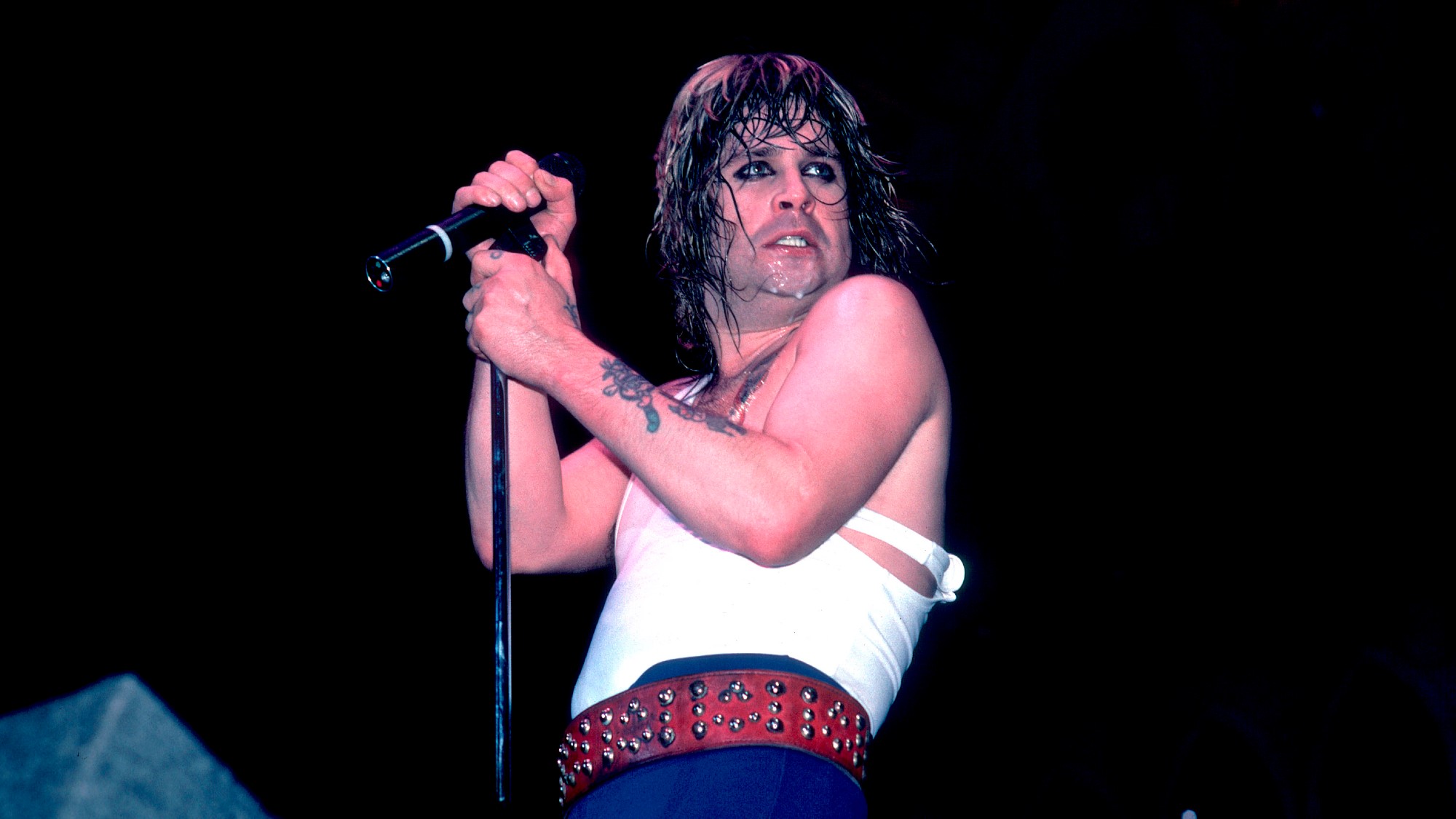 Ozzy Osbourne obituary: heavy metal wildman and lovable reality TV dad
Ozzy Osbourne obituary: heavy metal wildman and lovable reality TV dadIn the Spotlight For Osbourne, metal was 'not the music of hell but rather the music of Earth, not a fantasy but a survival guide'